12 Interesting Facts About Fish You Didn’t Know
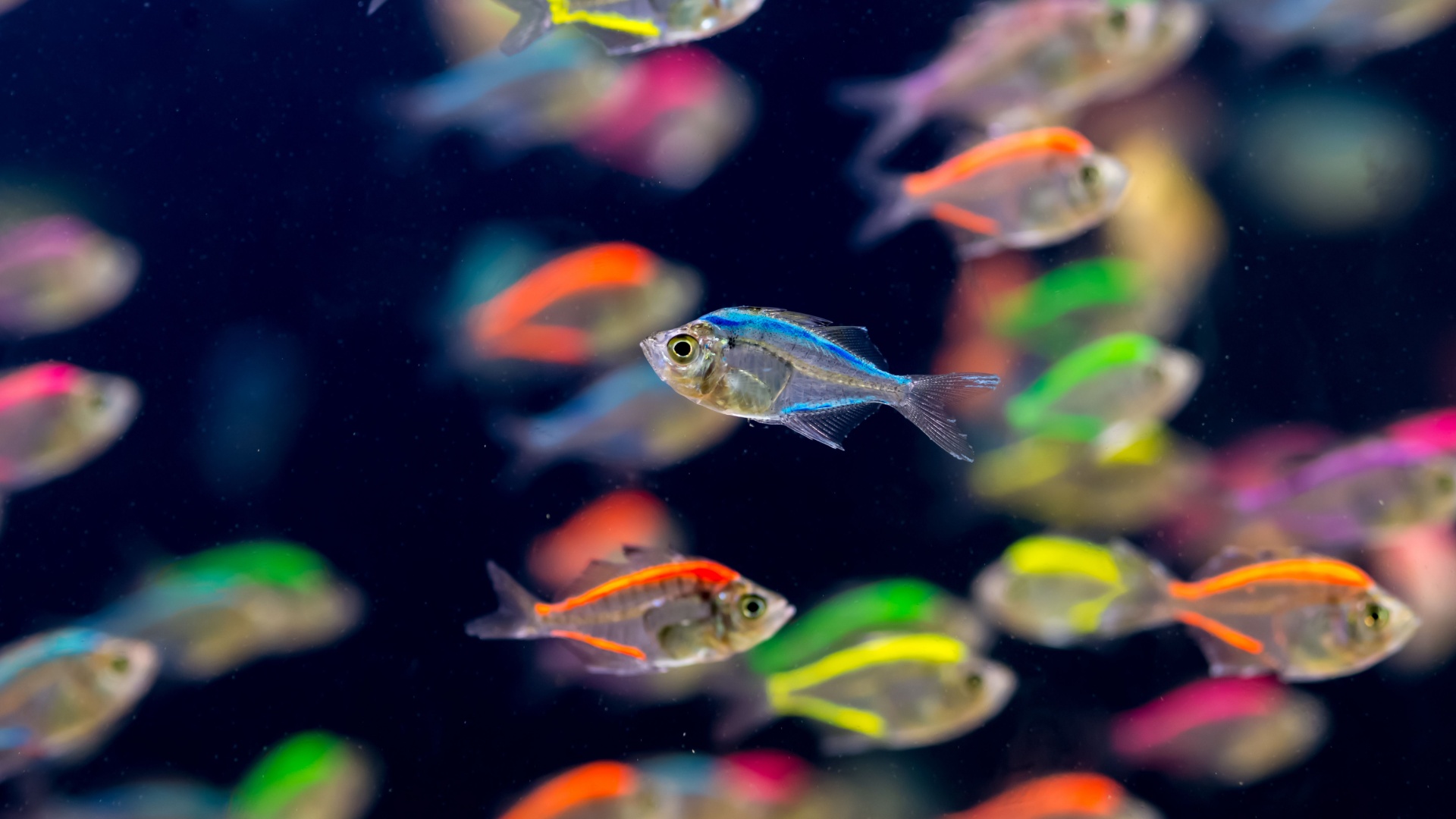
Fish, the aquatic marvels of our world, are as captivating as they are diverse. Whether you’re a seasoned marine biologist or just a curious observer, there’s always something new to learn about these fascinating creatures.
Their lives beneath the waves are full of surprises, mysteries, and wonders that continue to boggle even the most brilliant minds.
Let’s explore some astonishing facts about fish that might just keep you hooked!
1. Fish Can Recognize Faces
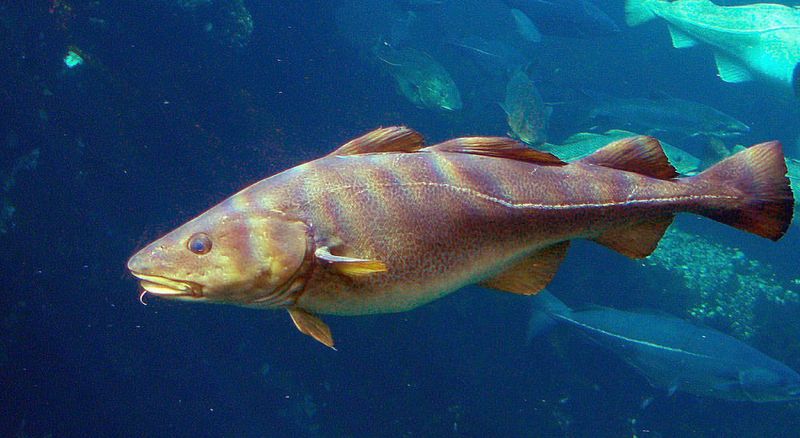
Have you ever thought that fish might recognize you? Well, science says they probably can! In a study conducted with archerfish, researchers discovered these smart swimmers could distinguish between human faces. It turns out that fish are not just mindless creatures of habit; they have recognition skills that rival some birds and primates.
The experiment involved showing the fish two images of human faces, one of which they’d seen before. Astonishingly, the fish picked the familiar face nearly 80% of the time! This fascinating ability shatters the traditional image of fish as creatures with simple brains. Who would have thought that beneath those scales lies a mind capable of facial recognition?
Next time you’re at your local aquarium, give a friendly wave to your fishy friends. They might just remember you next time you visit! Fish are truly more complex than they appear, and their cognitive capabilities continue to amaze scientists worldwide. This discovery reinforces the idea that fish deserve more credit for their intelligence and adaptability.
2. Some Fish Are Bioluminescent
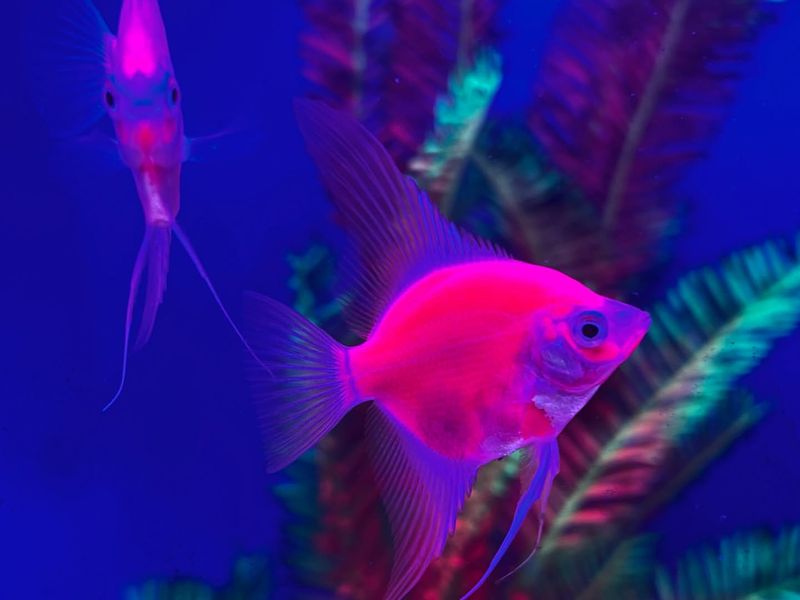
Ever wondered what it would be like to glow in the dark? Just ask the bioluminescent fish of the deep sea! These incredible creatures have taken ‘lighting up the room’ to a new level. They use their built-in glow sticks, not for fashion, but for survival and communication.
The most famous among them is the anglerfish, known for its luminescent lure that dangles in front of its mouth, attracting unsuspecting prey. Other bioluminescent fish include lanternfish and flashlight fish, each with their unique glow. But why this dazzling display? It’s a brilliant strategy for confusing predators, luring prey, or even finding mates.
Scientists are still unraveling the many secrets of these glowing geniuses. They use chemical reactions to produce light, a process that’s both energy-efficient and mesmerizing. Next time you’re in the dark, think of these luminous wonders, shining brightly in the ocean’s depths. They’re living proof that the ocean is full of surprises, and sometimes, a little light can go a long way!
3. Fish Have Been To Space
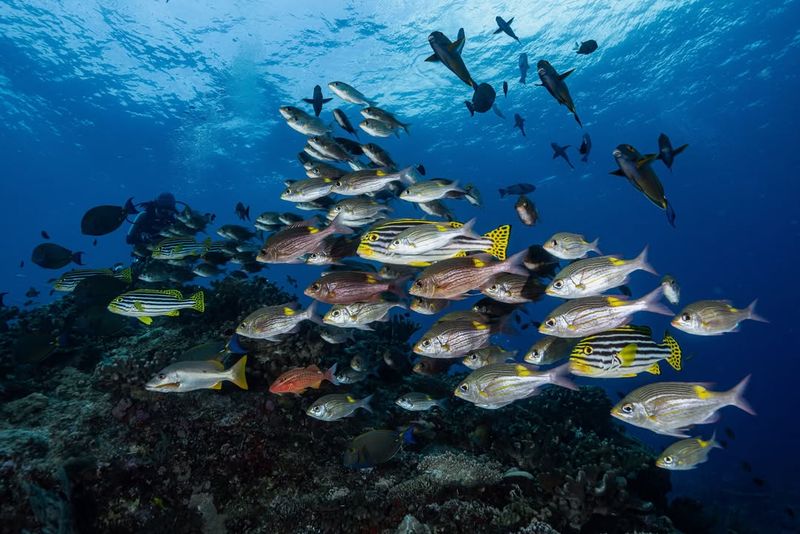
You might think of astronauts as exclusively human, but fish have ventured into the cosmos too! In the 1970s, NASA sent mummichog fish into space to study their behavior in zero gravity. The results were out of this world!
The mummichog, known for its adaptability, was the perfect candidate for space travel. Researchers were keen to understand how microgravity would affect movement and swimming patterns. Surprisingly, these little explorers adapted quickly, swimming in circles just as they would on Earth.
This experiment wasn’t just for fun; it provided valuable insights into the effects of space travel on biological organisms. The study helped pave the way for future research on how living creatures adapt to space, contributing to our understanding of life beyond Earth.
So next time you look up at the stars, remember there are fish that have seen them from a much closer perspective. Our finned friends are true pioneers, proving that adventure knows no bounds!
4. Some Fish Can Change Gender
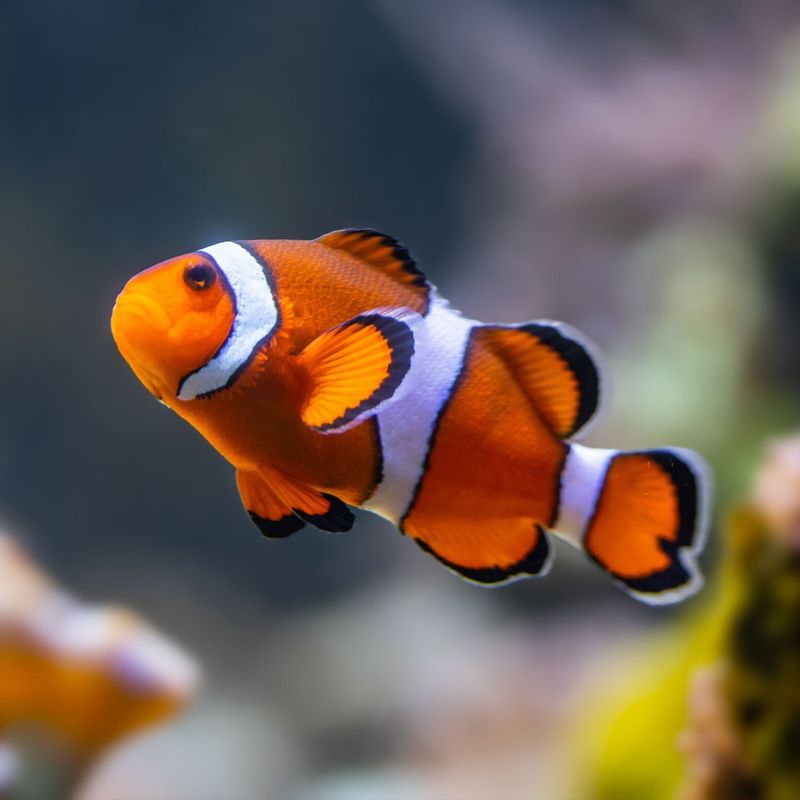
In the vibrant world of the ocean, some fish are real-life transformers! Certain species, like the clownfish, can change their gender in response to social needs. It’s a fascinating process driven by the dynamics of their environment.
Clownfish, famous for their starring role in animated films, can switch from male to female if the dominant female in the group dies. This remarkable ability ensures the survival and continuity of their community. The transformation involves complex hormonal changes that scientists are keen to explore further.
Other species, like groupers, also exhibit this gender-bending behavior. Such adaptability is a testament to the incredible resilience and resourcefulness of marine life. It’s a reminder that the underwater world is full of surprises, with creatures that defy our conventional understanding of biology. So, the next time you spot a clownfish, remember they’re not just colorful and cute; they’re also masters of change, ready to adapt to whatever life throws their way.
5. Fish Use Tools
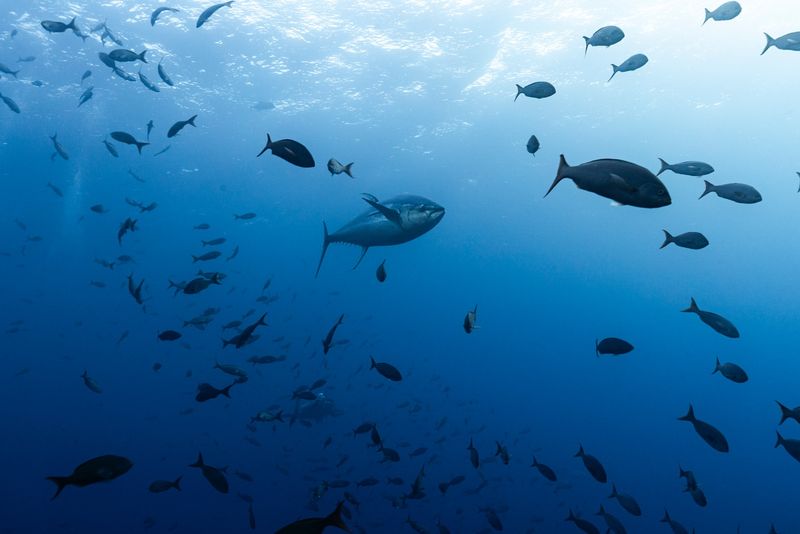
Who needs opposable thumbs to use tools? Certainly not fish! Some, like the tuskfish, have demonstrated the ability to use tools to aid in their survival. This fascinating behavior breaks long-standing assumptions about the intelligence of aquatic life.
The tuskfish was observed using rocks to crack open clams, a skill that requires both precision and patience. This remarkable ability shows that fish possess problem-solving skills and an understanding of their environment. They’re not just mindless drifters; they’re thinkers and doers!
The discovery of tool use in fish opens up new avenues for research into animal intelligence and evolution. It challenges the notion that tool use is unique to primates and birds, broadening our understanding of the cognitive abilities of marine creatures.
Next time you’re near the ocean, remember there’s more going on beneath the surface than meets the eye. Fish are not just swimming; they’re strategizing, adapting, and thriving in their underwater world.
6. Some Fish Live For Over 200 Years
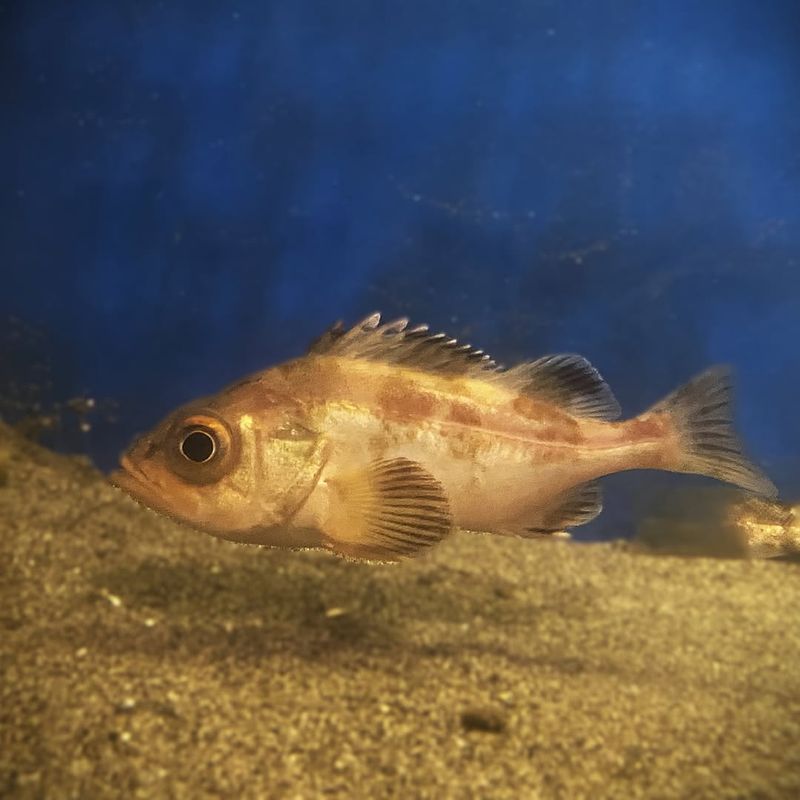
In a world where time seems to fly by, some fish have all the time in the ocean! Certain species, like the rougheye rockfish, can live over 200 years. These long-lived legends of the sea are a testament to nature’s ability to withstand the test of time.
The longevity of these fish is both awe-inspiring and mysterious. Scientists are eager to understand the genetic and environmental factors that contribute to their extended lifespans. The secret sauce might lie in their slow metabolism and deep-sea habitat, where life’s pace is a little more relaxed.
Imagine the stories these ancient fish could tell! From surviving predators to witnessing the changing ocean, their lives are a living history of the sea. They’re not just old; they’re wise, having adapted to their environment for centuries.
These centenarians of the sea remind us that patience is a virtue and that sometimes, the best things in life are worth waiting for. Their existence continues to inspire researchers and ocean lovers alike.
7. Fish Can “Walk” On Land
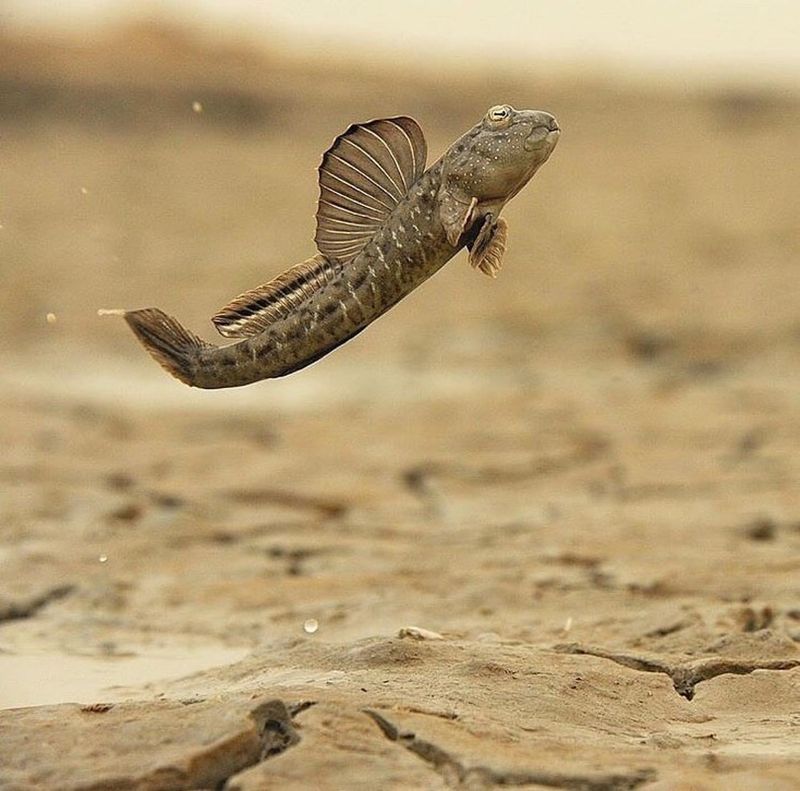
Now here’s a fish out of water! Meet the mudskipper, a fish that can “walk” on land using its fins as makeshift legs. This unique ability makes the mudskipper a master of both land and sea.
Mudskippers use their muscular pectoral fins to propel themselves across the mudflats, and they can even climb trees! They have specially adapted eyes that allow them to see above water, making them excellent hunters both in and out of the water. But why walk when you can swim? For mudskippers, exploring land offers new opportunities for food and escape from predators.
They’re a living example of evolution in action, showing how life can adapt in extraordinary ways. These amphibious adventurers remind us that nature is full of surprises, and adaptability is key to survival. Next time you’re near a swampy area, keep an eye out for these remarkable fish. They’re proof that with a little creativity, there’s no limit to where you can go!
8. Fish Have “Accents”
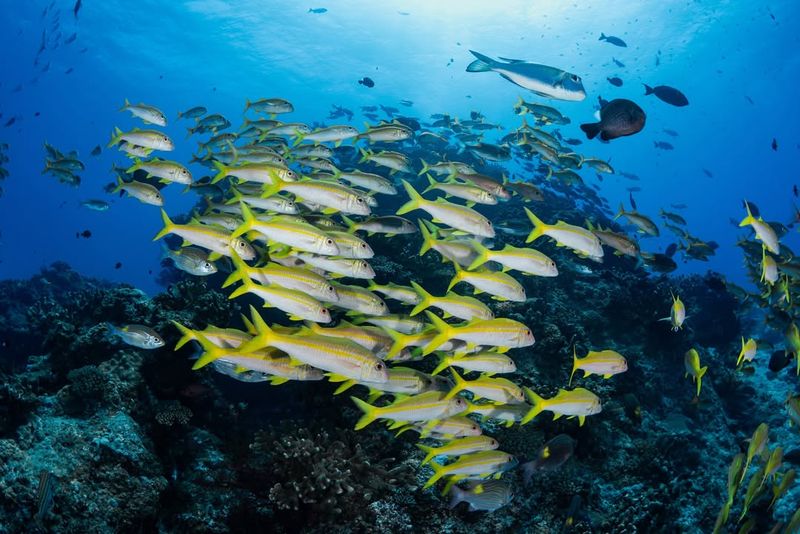
Move over, linguists! Fish have accents too, and it’s not just about the bubbles. Researchers have found that the way fish communicate varies depending on their environment, much like human accents.
It’s a bubbly world under the sea, where fish use sounds to communicate with each other. These sounds can include grunts, clicks, and whistles, and they vary from region to region. It’s as if each school of fish has its local dialect, making communication a unique and fascinating aspect of fish life.
This discovery has intrigued scientists, as it reveals the complex social structures and communication strategies among fish. It challenges our understanding of animal behavior, showing that even underwater, there’s a whole world of conversation happening.
Fish accents might not be as clear as a British twang or a Southern drawl, but they add a whole new dimension to the way we perceive marine life. Next time you’re by the sea, imagine the fish chatting away in their unique accents, each with a story to tell.
9. Fish Have Unique Parenting Skills
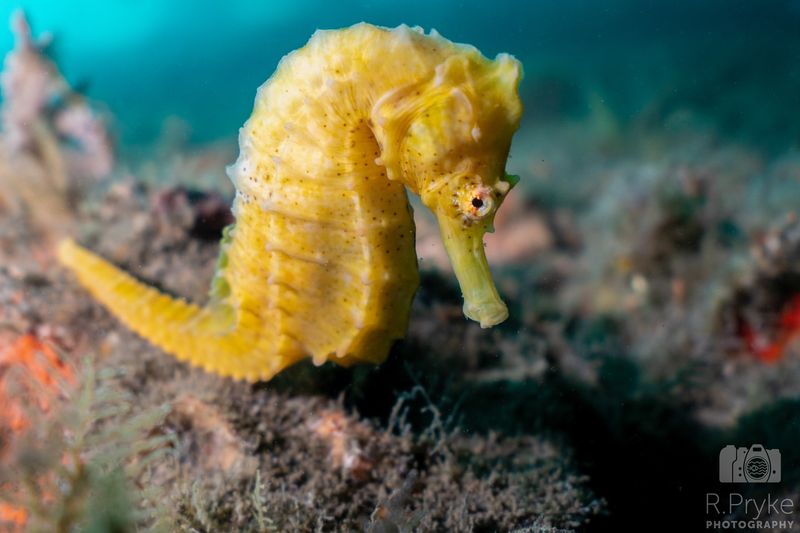
In the ocean’s world of family dynamics, fish have some of the most unique and intriguing parenting styles. Take the seahorse, for instance, where it’s the male who carries the babies. That’s right, the male seahorse has a special pouch for incubating eggs, making him a standout dad in the animal kingdom.
This unusual role reversal is a fascinating aspect of seahorse life. Once the female seahorse transfers her eggs into the male’s pouch, he fertilizes and nurtures them until they’re ready to hatch. It’s a remarkable process that highlights the diverse and innovative ways fish care for their young.
Other fish species, like the mouthbrooding cichlids, hold their young in their mouths to protect them from predators. These devoted parents demonstrate that in the underwater world, family comes first. Their unique parenting strategies showcase the incredible adaptability and creativity of marine life. In a sea full of surprises, fish remind us that there are endless ways to care for loved ones, each more fascinating than the last.
10. Fish Can Survive Without Water
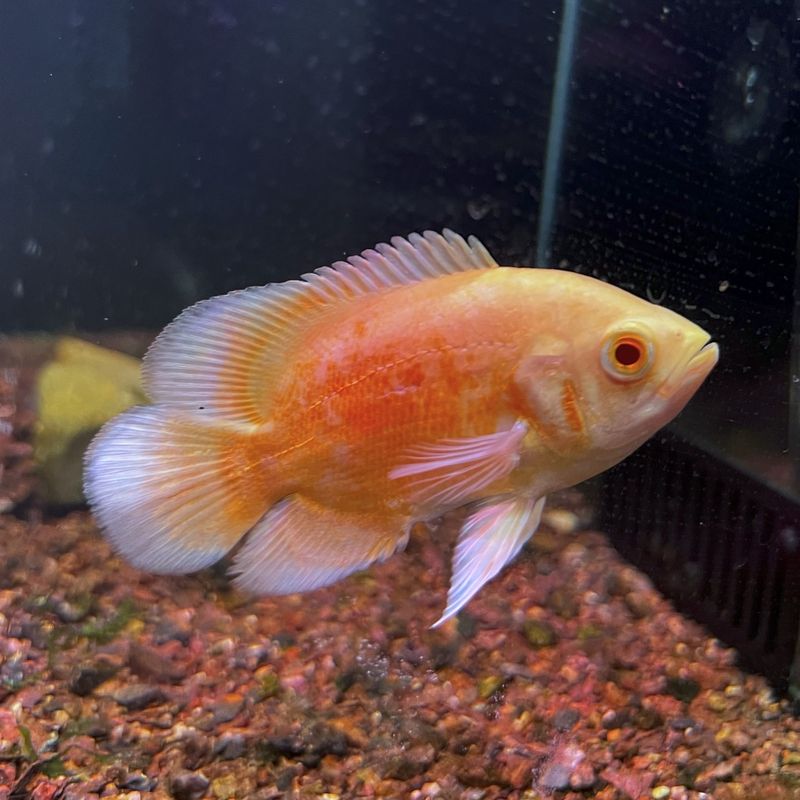
Imagine living without the very thing you need most! Some fish, like the anabantids, have evolved to survive without water for extended periods. This impressive ability sets them apart from their aquatic peers.
Anabantids, including the popular betta fish, have a unique labyrinth organ that allows them to breathe air. This adaptation enables them to thrive in low-oxygen environments, where other fish might struggle. It’s a survival mechanism that showcases the incredible resilience and ingenuity of nature.
These fish can even hop from one water source to another, staying out of water for hours if necessary. It’s an extraordinary ability that proves fish are more than just underwater dwellers. They’re daring explorers, capable of thriving in the harshest of environments.
When faced with a challenge, these fish don’t just survive; they adapt and conquer. They’re a testament to the incredible diversity and adaptability of life on Earth, inspiring us to think beyond the surface.
11. Fish Have A Sixth Sense
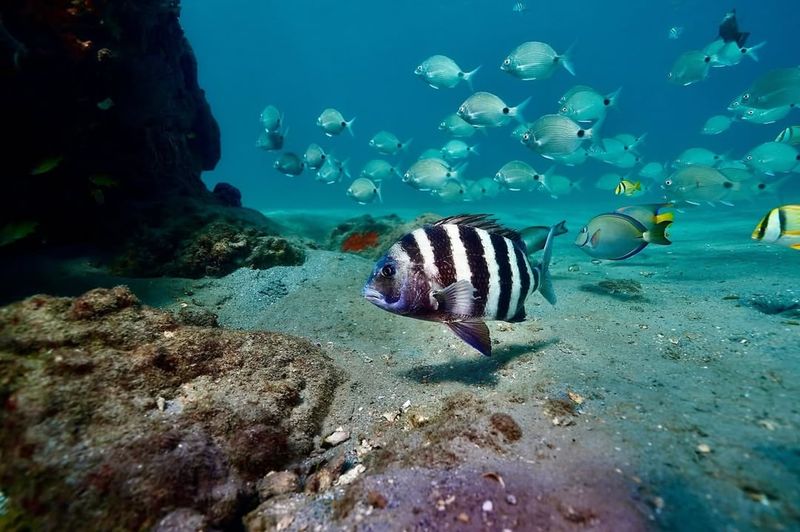
Move over, spidey-sense! Fish have their own version of a sixth sense, allowing them to detect movements and vibrations in the water. This remarkable ability is thanks to the lateral line system, a row of sensory organs along their body.
The lateral line helps fish navigate, find food, and avoid predators. It’s like an underwater radar, picking up on the smallest changes in their environment. Sharks, for example, use this sixth sense to detect the movements of prey from miles away. It’s an essential tool for survival in the vast and unpredictable ocean.
This sensory system is not only a marvel of nature but also a critical component of fish behavior. It allows them to communicate, hunt, and thrive in their aquatic world. The next time you’re near water, imagine the hidden world of sensations that fish experience. Their sixth sense is a reminder of the incredible powers of adaptation and survival in the natural world.
12. Fish Are Masters Of Camouflage
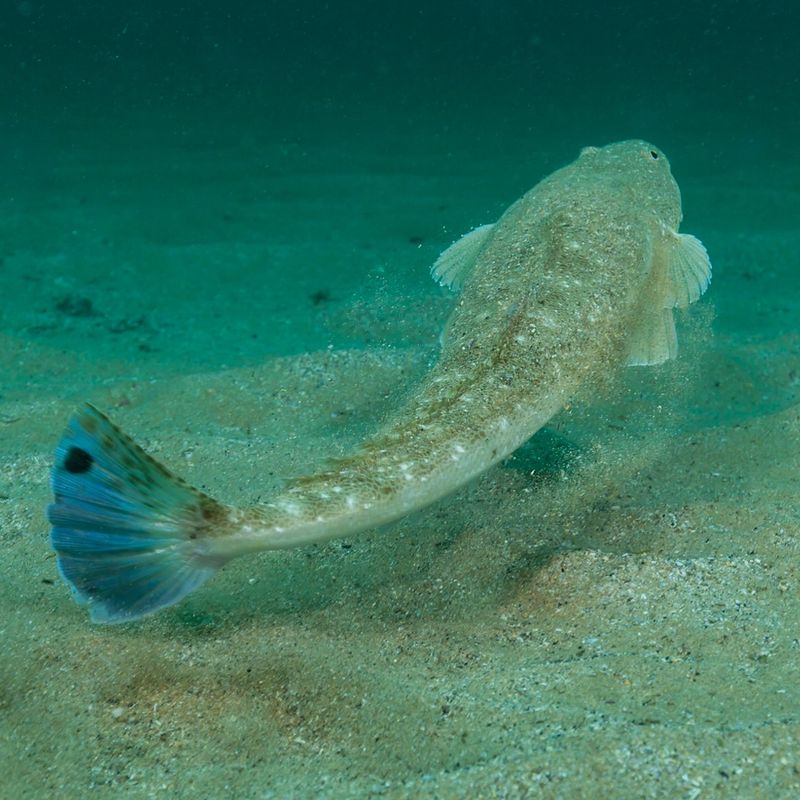
When it comes to the art of disguise, fish are unparalleled masters. Many species, like the flounder, have developed incredible camouflage skills, allowing them to blend into their surroundings seamlessly. It’s a skill that ensures their survival in the vast ocean wilderness.
Camouflage in fish is not just about changing colors. Some species can alter their skin texture to match their environment, becoming almost invisible to predators and prey alike. This fascinating ability showcases the intricate relationship between form and function in the animal kingdom.
It’s not all about hiding, though. Some fish use their camouflage to ambush prey, turning the tables in the game of survival. These crafty creatures remind us that appearances can be deceiving and that nature has equipped them with the tools to thrive in their watery world. The next time you gaze into the ocean, consider the hidden wonders lurking just beneath the surface. Fish camouflage is a testament to the endless creativity and adaptability of marine life.






